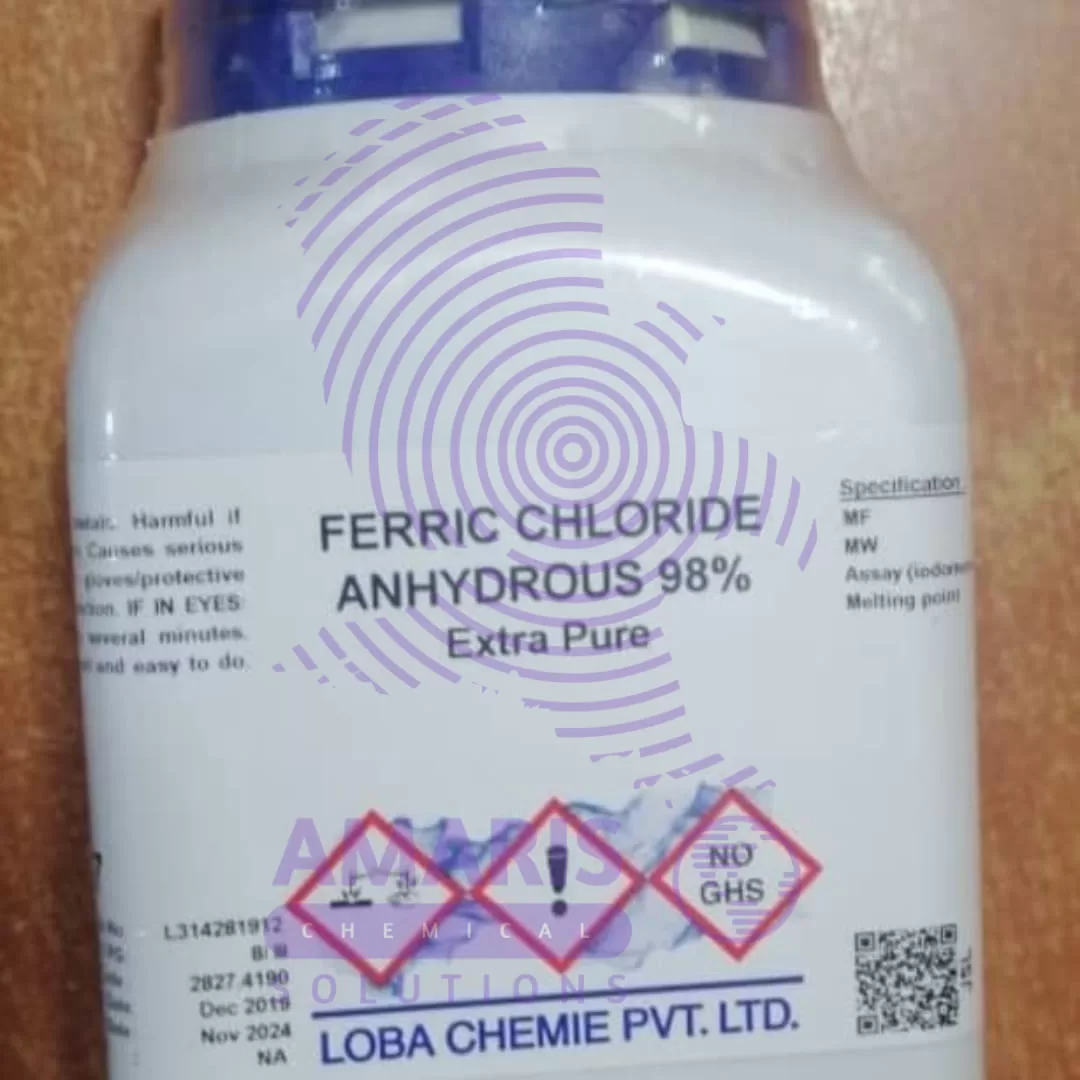Ferric Chloride: Key Insights into Its Properties and Environmental Impact

Ferric chloride, commonly known as iron(III) chloride (FeCl₃), is an important chemical compound with diverse applications in industries ranging from water treatment to electronics. As a versatile chemical, it offers both significant benefits and challenges, particularly regarding its properties and environmental impact.
Properties of Ferric Chloride
Ferric chloride is a dark, crystalline solid, typically brownish-yellow in color. It is highly soluble in water, forming a strongly acidic solution. This property makes it effective in various chemical processes. The compound plays a crucial role as a flocculant in water treatment, where it is used to remove impurities such as suspended solids, phosphates, and other contaminants. Its ability to act as a coagulant makes it essential in municipal water and wastewater treatment plants.
Ferric chloride is also employed in the production of printed circuit boards (PCBs), where it is used to etch copper to create intricate electronic designs. In addition, it serves as a catalyst in chemical reactions, including the production of certain organic compounds.
Environmental Impact
While ferric chloride is highly effective in various industrial applications, its environmental impact should not be overlooked. The disposal of ferric chloride waste, especially from water treatment processes, poses significant challenges. If not treated properly, the chemical can contribute to soil and water pollution due to its acidity and high metal content. Excessive iron can lead to the contamination of water bodies, disturbing aquatic ecosystems.
Moreover, ferric chloride is a corrosive substance, and improper handling or accidental spills can cause damage to the surrounding environment and pose risks to human health. For example, inhalation of ferric chloride fumes can irritate the respiratory system, while skin contact may cause burns or irritation.
Sustainable Alternatives
To mitigate the environmental risks associated with ferric chloride, researchers are exploring more sustainable alternatives for water treatment and other applications. These include less toxic coagulants and greener etching methods for PCB production. Moreover, better waste management practices, including recycling and neutralization of ferric chloride solutions, are crucial to reducing the environmental footprint of this chemical.
In conclusion, ferric chloride is a vital industrial compound with broad applications. However, its environmental impact must be managed carefully through sustainable practices and proper waste disposal methods to minimize harm to ecosystems and human health.


 Emollients
Emollients Humectants
Humectants UV Filters
UV Filters Surfactants (cosmetic)
Surfactants (cosmetic) Preservatives (cosmetic)
Preservatives (cosmetic) Fragrances and Essential Oils
Fragrances and Essential Oils Antioxidants (cosmetics)
Antioxidants (cosmetics)
 Solvents (lab)
Solvents (lab) Chromatography Chemicals
Chromatography Chemicals Microbiology and Cell Culture Reagents
Microbiology and Cell Culture Reagents Biochemical Reagents
Biochemical Reagents Inorganic and Organic Standards
Inorganic and Organic Standards Spectroscopy Reagents
Spectroscopy Reagents Molecular Biology Reagents
Molecular Biology Reagents
 Precious Metal Extraction Agents
Precious Metal Extraction Agents
 Plasticizers
Plasticizers Polymerization Initiators
Polymerization Initiators Stabilizers
Stabilizers Monomers
Monomers Fillers and Reinforcements
Fillers and Reinforcements Antioxidants (plastics)
Antioxidants (plastics) Colorants (plastic pigments,Dyes)
Colorants (plastic pigments,Dyes)
 Fertilizers
Fertilizers Plant Growth Regulators
Plant Growth Regulators Soil Conditioners
Soil Conditioners Animal Feed Additives
Animal Feed Additives Biostimulants
Biostimulants
 Dough Conditioners
Dough Conditioners Flour Treatments
Flour Treatments Fat Replacers
Fat Replacers Preservatives (baking)
Preservatives (baking)
 Surfactants (cleaning)
Surfactants (cleaning) Builders
Builders Bleaching Agents
Bleaching Agents Enzymes
Enzymes Solvents (cleaning)
Solvents (cleaning) Fragrances
Fragrances Disinfectant
Disinfectant Metal cleaning
Metal cleaning
 Binders/Resins
Binders/Resins Pigments
Pigments Solvents (paint)
Solvents (paint) Additives
Additives Driers
Driers Anti-Corrosion Agents
Anti-Corrosion Agents Specialty Coatings
Specialty Coatings Functional Coatings
Functional Coatings Application-Specific Coatings
Application-Specific Coatings
 Sealants and Adhesives
Sealants and Adhesives
 Biodegradable Surfactants
Biodegradable Surfactants Bio-based Solvents
Bio-based Solvents Renewable Polymers
Renewable Polymers Carbon Capture Chemicals
Carbon Capture Chemicals Wastewater Treatment Chemicals
Wastewater Treatment Chemicals
 Preservatives (food)
Preservatives (food) Flavor Enhancers
Flavor Enhancers Acidulants
Acidulants Sweeteners
Sweeteners Emulsifiers
Emulsifiers Antioxidants (food)
Antioxidants (food) Colorants (food)
Colorants (food) Nutrient Supplements
Nutrient Supplements Nutraceutical Ingredients
Nutraceutical Ingredients
 Fresh Herbs
Fresh Herbs Whole Spices
Whole Spices Ground Spices
Ground Spices Spice Blends
Spice Blends
 Surfactants(oil)
Surfactants(oil)
 Antibiotics
Antibiotics Active Pharmaceutical Ingredients
Active Pharmaceutical Ingredients Excipients
Excipients Vaccine Adjuvants
Vaccine Adjuvants Nutraceutical Ingredients
Nutraceutical Ingredients Solvents (pharmaceutical)
Solvents (pharmaceutical)
 Automotive chemicals
Automotive chemicals Pyrotechnic Chemicals
Pyrotechnic Chemicals


 Vulcanizing Agents
Vulcanizing Agents Accelerators & Retarders
Accelerators & Retarders Antidegradants
Antidegradants Reinforcing Agents
Reinforcing Agents Plasticizers & Softeners
Plasticizers & Softeners Fillers & Extenders
Fillers & Extenders Blowing Agents
Blowing Agents Adhesion Promoters
Adhesion Promoters












